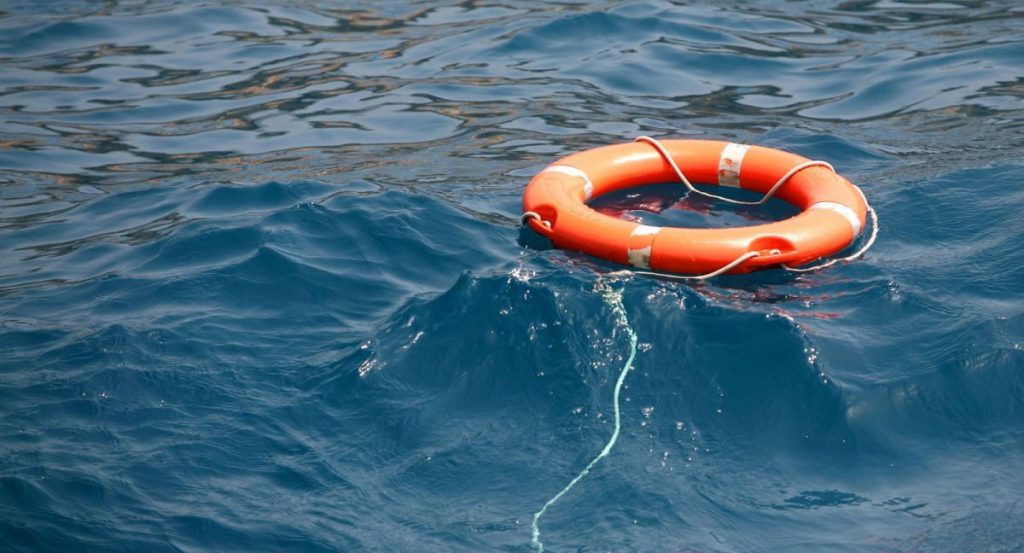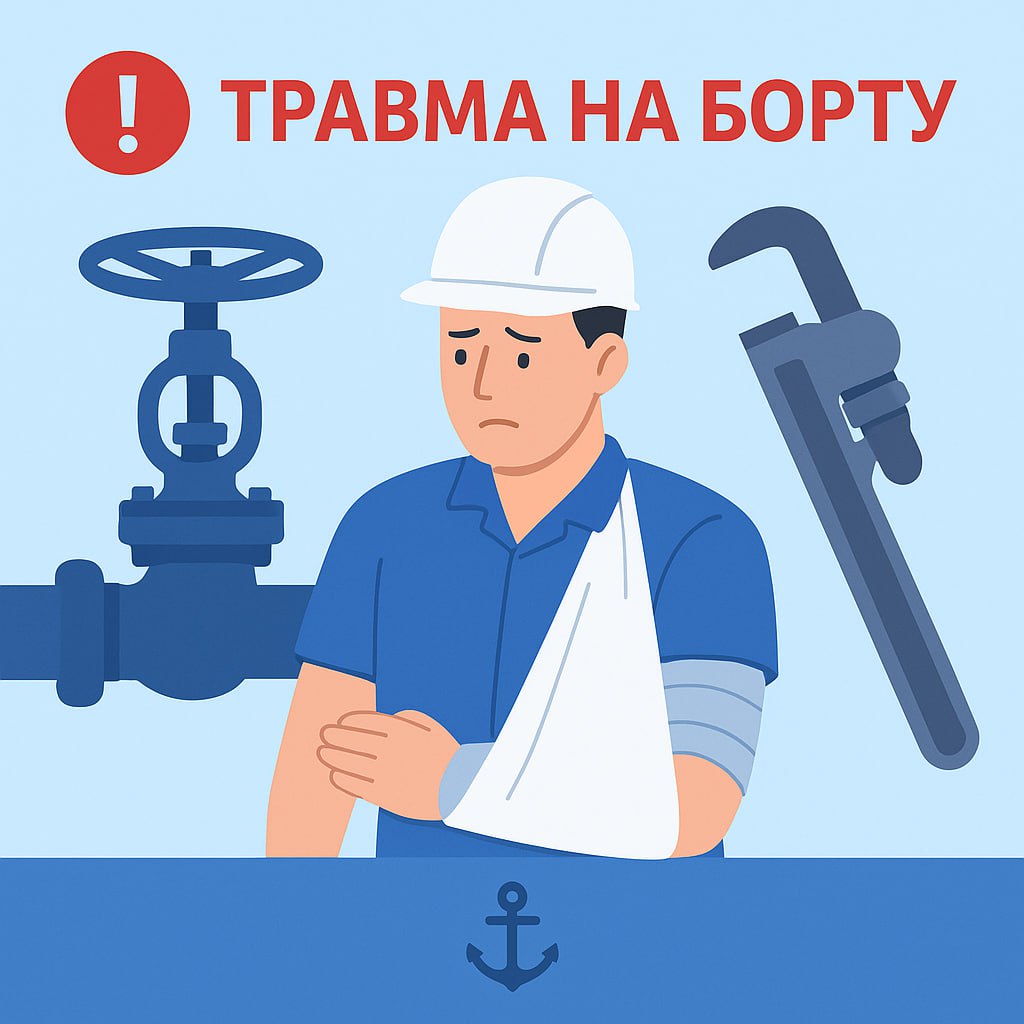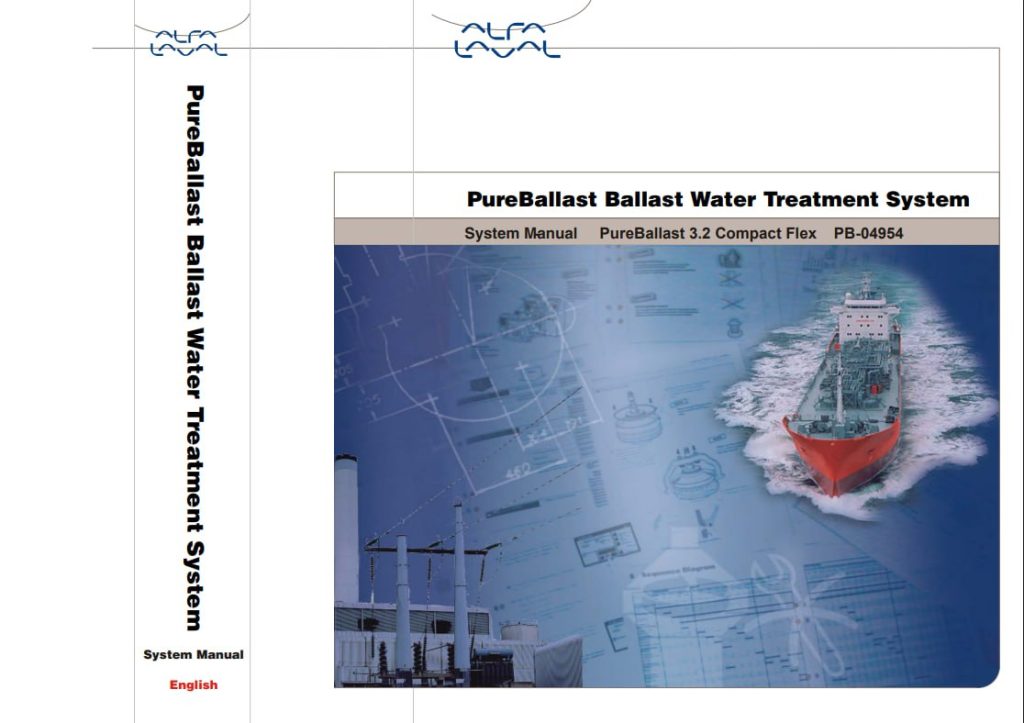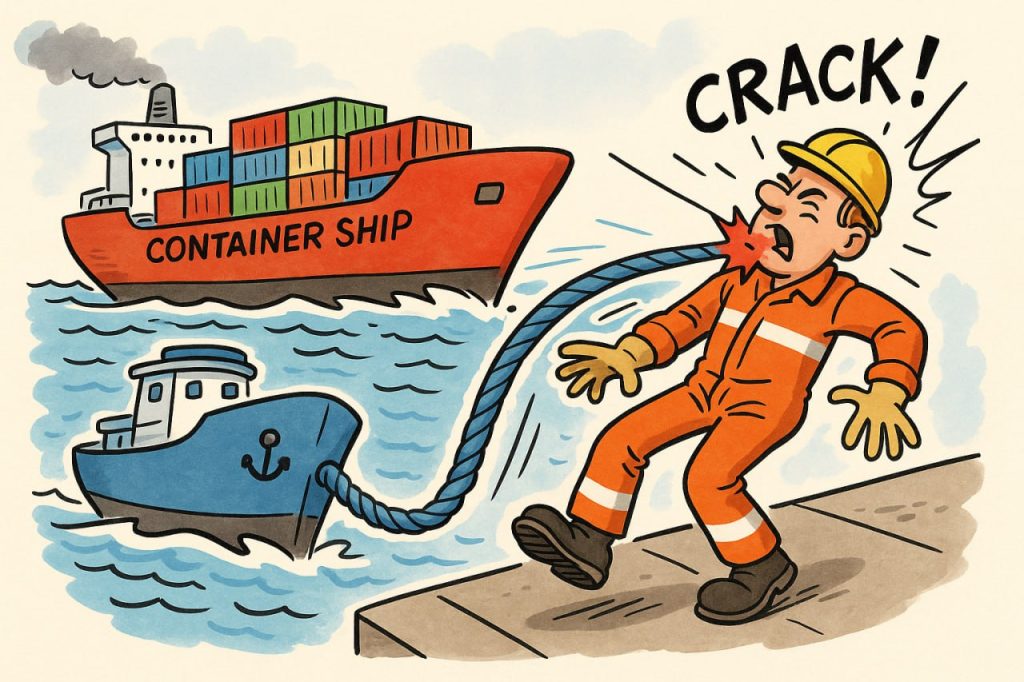What tests do lifebuoys undergo?
A lifebuoy on a ship is more than just an orange donut. Its characteristics are clearly defined in international documents: 🟢 SOLAS (Chapter III) – basic requirements for life-saving appliances.🟢 LSA Code (Chapter II, 2.1) – technical characteristics of lifebuoys.🟢 IMO MSC.81(70), Part 1 – testing procedures. The main IMO lifebuoy tests are: ❗️ All […]
Learn moreEvery port on an LNG ship means another inspection. Why?
On a new LNG vessel, every port means another inspection: port state, coast guard, SIRE, flag state… the list is endless. 🔘Because new ships are built in a hurry. Crews are sent on board with dozens of unresolved issues, and then are forced to immediately begin the first cargo operation.🔘Main engines run nonstop for weeks, […]
Learn moreOnboard Injury
🔘While tightening a valve, the 3rd engineer sustained a shoulder injury—the wrench slipped, causing a sharp pain in the “left shoulder.” 🔘Preliminary reports indicate a “shoulder dislocation.” No open wounds or signs of internal bleeding were found. 🔘The injured man was given “rest,” and his arm was secured “in a weighted sling.” ⚓️ As a […]
Learn morePureBallast Water Treatment System
System Operation Manual — PureBallast 3.2 Compact Flex PB-04954 👉 FILE Seamen’s Club 🇺🇦 | #education
Learn moreA dangerous situation: how a vessel’s speed at the berth led to the breaking of mooring lines and injury to a seafarer
While Vessel 1 was moored at the terminal, Vessel 2 was passing by at a speed of approximately 11 knots. Due to hydrodynamic forces, Vessel 1 suddenly drifted away from the berth: one bow and one stern mooring line broke, and the hull drifted approximately 50-60 meters. 👨✈️ During the re-mooring process, the first officer […]
Learn more



